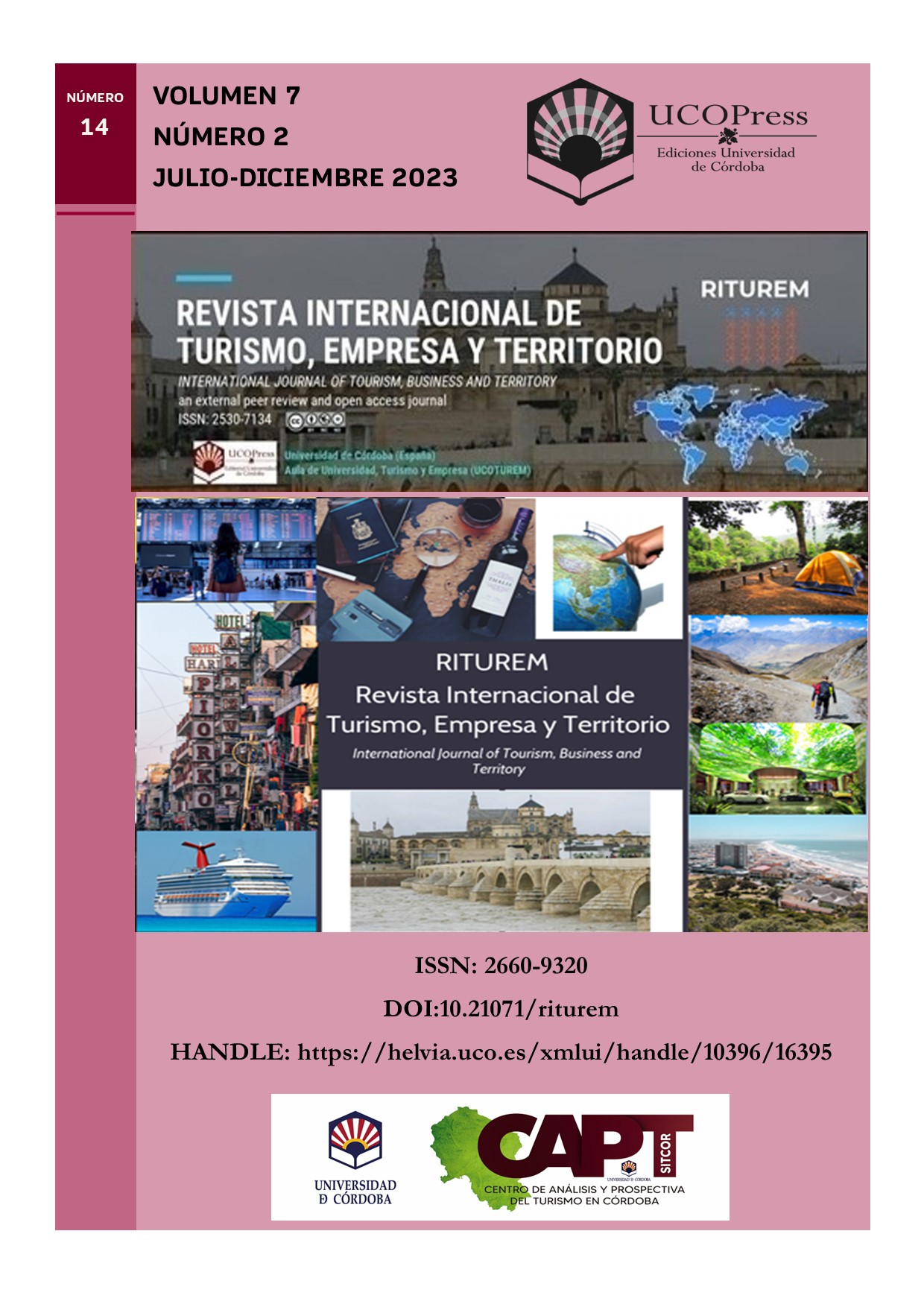The power of cultural heritage in tourism. Example of the city of Zadar (Croatia)
##plugins.themes.bootstrap3.article.main##
Resumo
Today, in 21th century when many destinations try to manage with own identity and image to achieve bigger income and other benefits. For that it is necessary competitive identity, as Simon Anholt called it, as well as tourism which is by him most 'loudest' and powerful channel of communication. To gain competitive identity that will be communicated through tourism is usually done using the power of culture - either popular culture or cultural heritage. As all destinations have his own history and specific cultural heritage, cultural heritage can be advantage for many destinations if they can recognize its uniqueness and advantages comparing to other competing destinations. The purpose of this paper is to see whether the cultural heritage is enough strong trump to set the city of Zadar (Croatia) as a city which could build their tourism brand on cultural heritage. The city of Zadar is a city with a very long and turbulent history which can provide to the city to create competitive identity. So far, Zadar achieves positive results within the context of Croatian tourism, but the question is whether and how to achieve even better results? The results obrained from the questionnaires will show us how powerful is cultural heritage of Zadar to attract tourists to Zadar and what tourists think about cultural heritage in Zadar.
Keywords: cultural heritage, competitive identity, tourism, Zadar, Croatia.
Downloads
##plugins.themes.bootstrap3.article.details##
Avisos de derechos de autor propuestos por Creative Commons
Política propuesta para revistas que ofrecen acceso abierto
Aquellos autores/as que tengan publicaciones con esta revista, aceptan los términos siguientes:
- Los autores/as conservarán sus derechos de autor y garantizarán a la revista el derecho de primera publicación de su obra, el cuál estará simultáneamente sujeto a la licencia Creative Commons CC BY-NC 4.0 (https://creativecommons.org/licenses/by-nc/4.0/deed.es ) , que permite a terceros compartir la obra y permitir obras derivadas siempre que se indique su autor, su primera publicación en esta revista y cuando no se haga uso comercial.
- Los autores/as podrán adoptar otros acuerdos de licencia no exclusiva de distribución de la versión de la obra publicada (p. ej.: depositarla en un archivo telemático o en un repositorio institucional o publicarla en un libro monográfico) siempre que se indique la publicación inicial en esta revista.
- Se permite y recomienda a los autores/as difundir su obra a través de Internet (p. ej.: en archivos telemáticos y repositorios institucionales o en su página web) antes, durante y con posterioridad al proceso de envío, lo cual puede producir intercambios interesantes y aumentar las citas de la obra publicada. (Véase El efecto del acceso abierto).
